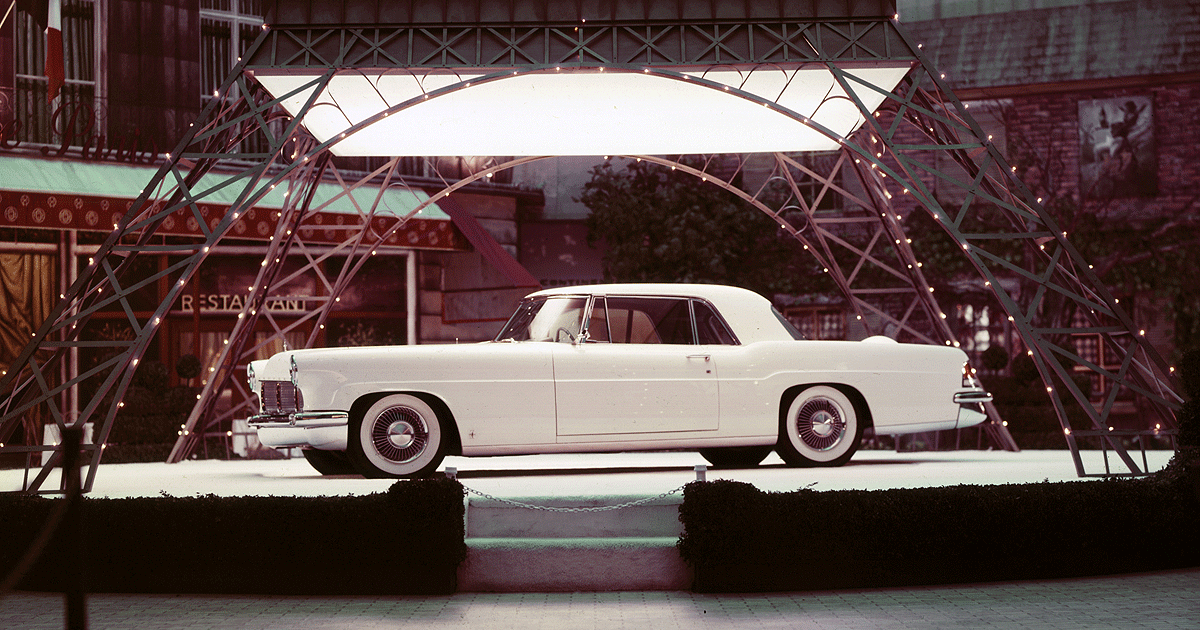
In many ways, Lincoln’s pivot to electric vehicles will be the most important — and riskiest — move the brand has attempted in its century under Ford ownership.
How is Lincoln going to distinguish itself from Audi, Lexus, Cadillac, Jaguar, Mercedes-Benz, Volvo and all the other luxury brands making the same transition?
Maybe the bigger worry is how Lincoln EVs are going to be different enough from Ford EVs to make consumers want to pay the premium.
Because the electric motor is nearly noiseless and vibration-less, Lincoln vehicles likely won’t be much quieter or more refined than Ford EVs or those from the competition.
Noise, vibration and harshness is one area where Lincoln vehicles were always different from and better than the Fords on which they were based.
There’s not much room for Lincoln to grab some white space between Ford vehicles and the competition in performance, either. The Mustang Mach-E GT can already reach 60 mph in under four seconds. Many other EVs are in the same league or quicker.
But there is an answer. When it comes to driving range between charges and charging times, Lincoln must lead the way; no Ford-branded vehicles should be able to go farther on a charge or charge faster.
Also, the pivot to EVs allows for a complete reinvention of the interior. In the last five or so years, Lincoln has, in my view, set the standard for luxury interiors in its price class. The materials are not only first rate, but the colors of leather, the feel of the switches, and the extraordinary attention paid to the seats have made Lincoln vehicles outstanding. The interiors even smell great. Interior excellence is a great pillar to own in the EV era, and Lincoln should build on its success.
If Ford CEO Jim Farley wants Lincoln to reach its potential, he should give the division the same level of autonomy that created one of America’s greatest luxury cars, the 1956-57 Continental Mark II, a gorgeous, hand-built luxury coupe designed to take on the Rolls-Royce Silver Cloud. Continental customers could choose bespoke interior trim and make the car their own.
Although Lincoln will likely share platforms and EV components with Fords, here’s how Lincoln can take its vehicles a step further. Cadillac won’t have an exclusive on OLED screens forever. And Lincoln can really break through and set itself apart by moving the heating, ventilating and air-conditioning system from behind the dash to under the hood. Without an engine or a transmission there, the real estate exists to get the bulky HVAC system out of the interior. Doing so would allow for a dash that is much smaller. That would open up an incredible amount of interior room. I’ve seen engineering concepts of this system.
In the internal combustion era, Lincoln had a great run for the most part. But it is only going to get tougher in the EV era.